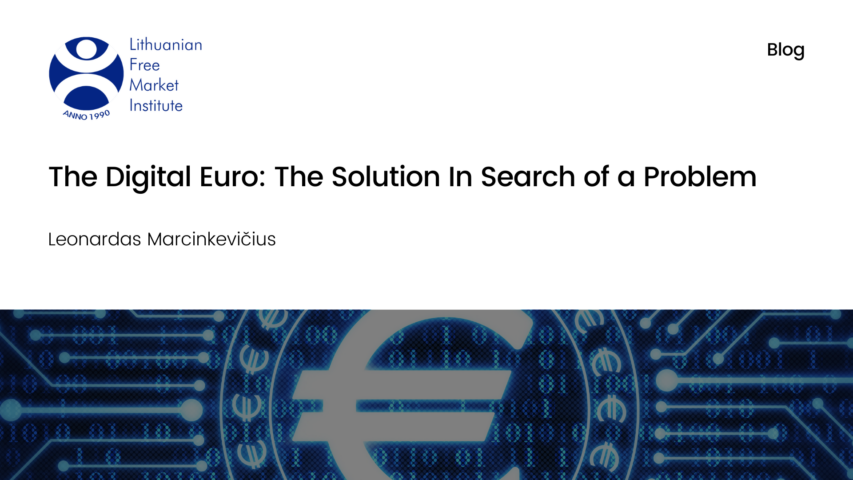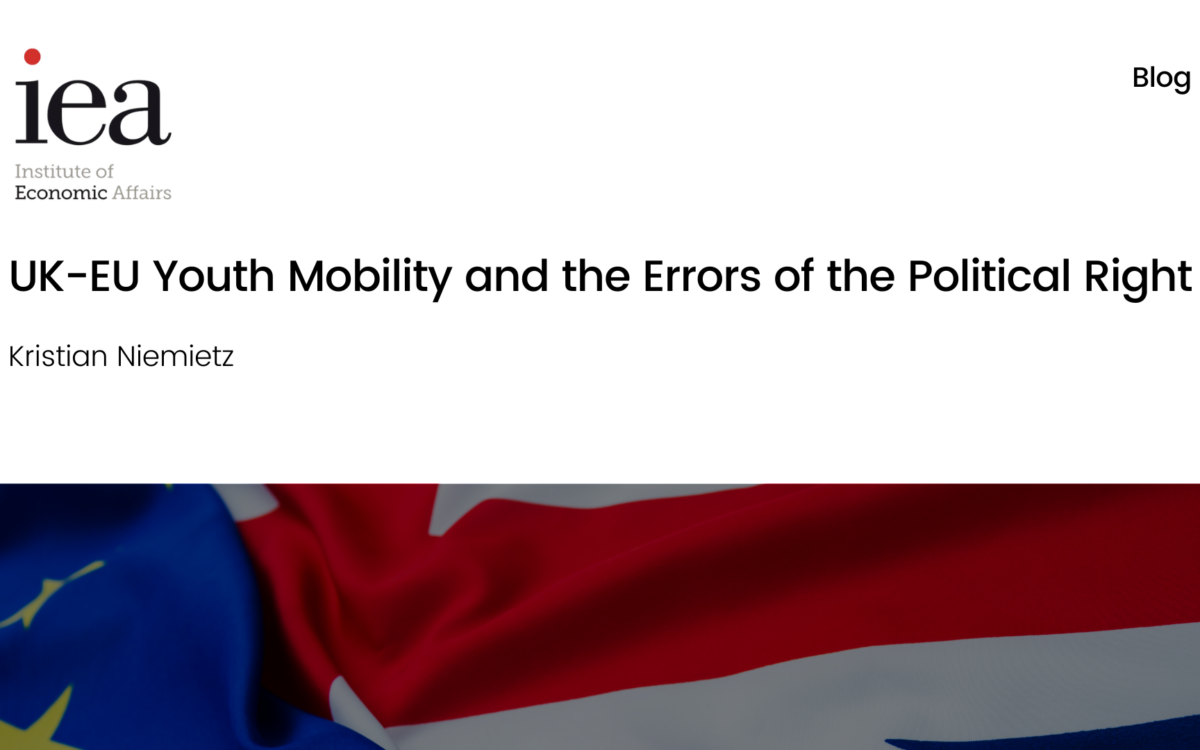The Digital Euro: The Solution In Search of a Problem

The Digital Euro: The Solution In Search of a Problem
Leonardas Marcinkevičius // 7 March 2025
The concept of the digital euro – a form of electronic money issued by the European Central Bank (ECB) – is rapidly moving from theory to reality; yet, its fundamental purpose remains ambiguous. Proponents argue that it could potentially enhance financial security, expand access to banking services, and bolster geopolitical independence. However, the sheer variety of these justifications raises a critical question: is any single argument compelling enough to warrant its creation?
In a previous article, I detailed the legal framework and implementation proposals for the digital euro. This piece explores the issues that a central bank digital currency (CBDC) aims to address and evaluates its risks and challenges. A subsequent article will delve into its potentially negative implications in greater detail.
The first problem: financial inclusion
Improved access to financial services is frequently cited as a benefit of the digital euro. The declining use of cash – currently the only payment method issued directly by the ECB – has strengthened calls for an electronic alternative to physical currency.
However, the free market has proved itself capable of providing effective electronic payment options without an ECB intervention. In less than a decade, the number of unbanked Europeans has steadily declined. In 2017, over 8 per cent of the population lacked access to banking services; by 2021, this figure had dropped to less than 4 per cent, owing to innovative solutions offered by private-sector players.
Moreover, the CBDC has failed to gain traction in developing economies, where financial inclusion is a more pressing issue. Contrary to initial hopes, the Nigerian eNaira has been used by only 0.5 per cent of the population since its launch in 2021. Given its failure to improve financial inclusion in an emerging economy, it is unlikely that the CBDC will succeed in a mature economy such as Europe.
The European Commission presents the cost-free nature of the digital euro as its key advantage. Yet, research by the Cato Institute suggests that the primary reason many Americans avoid financial services is not cost but lack of interest or trust in the system. Privacy concerns and systemic mistrust may similarly deter Europeans. Moreover, the proposed framework for the digital euro requires users to open accounts through existing financial intermediaries. Despite the reduction in the number of unbanked Europeans, there is little reason to believe that those distrustful of the banking system will find the digital euro more appealing.
The second problem: payment convenience
Digital euro advocates point to the fragmentation of the single euro payments area as another reason to adopt a CBDC. Before the euro’s introduction, individual countries operated distinct financial systems. Some of these systems continue to function and end up hindering the single market’s efficiency. Further, physical borders limit the seamless functioning of digital payment platforms in both retail and e-commerce.
However, significant progress has been made in this area without the existence of a CBDC. Launched in 2016, the SEPA’s instant credit transfer system enables account-to-account transfers within 10 seconds across 36 participating countries, which includes all 27 countries of the European Union in addition to 9 other countries (Andorra, Iceland, Lichtenstein, Monaco, Norway, San Marino, Switzerland, United Kingdom, the Vatican City). This demonstrates that private-public sector collaboration can yield rapid and efficient cross-border payment solutions.
Fintech companies have also revolutionised digital payments by offering low-cost, user-friendly platforms with features such as budget tracking, bill splitting, and QR code scanning. These platforms can also instantly inform users of payments made from their account. These innovations have emerged without the ECB’s involvement, proving that the private sector can effectively enhance payment convenience.
The SEPA’s unification is already underway; it is also driven by market dynamics rather than ECB intervention. Without addressing the underlying reasons some consumers avoid electronic payments – such as low technological literacy – the digital euro risks becoming a redundant addition to Europe’s payment landscape.
The third problem: strengthening European independence
A third justification for the digital euro is that it will reduce dependence on non-European payment platforms, such as Visa and Mastercard, which dominate the euro area. For example, non-European, international card schemes account for more than two-thirds of all electronic payments in the euro area, with 13 out of 20 Euro area countries fully reliant on these schemes. This has spurred calls for a European alternative, particularly as cryptocurrencies and foreign CBDCs challenge the euro’s global standing.
However, the focus should not be on resenting the success of foreign technologies but on identifying barriers to European innovation. If excessive regulations stifle the development of competitive European platforms, the solution lies in regulatory reform, not in introducing a state monopoly via the ECB. If consumers are content with existing American platforms, there is little reason to believe they would embrace a digital euro unless it addresses an unmet need.
Conclusion
The purported benefits of a digital euro – financial inclusion, convenient payments, and European independence – have been addressed by private-sector initiatives. The principles of sound policymaking dictate that public intervention should occur only when private solutions are insufficient. This principle is particularly relevant in the case of the digital euro. Rather than creating a potentially redundant CBDC, European policymakers should focus on fostering an environment that encourages financial innovation and addresses real, unmet needs of the marketplace.
Leonardas Marcinkevičius is an expert at the Lithuanian Free Market Institute.
EPICENTER publications and contributions from our member think tanks are designed to promote the discussion of economic issues and the role of markets in solving economic and social problems. As with all EPICENTER publications, the views expressed here are those of the author and not EPICENTER or its member think tanks (which have no corporate view).



